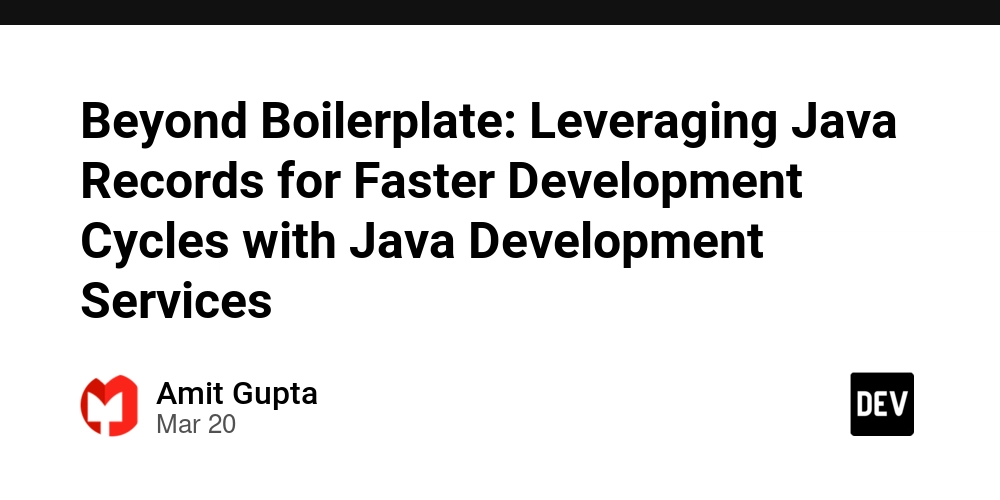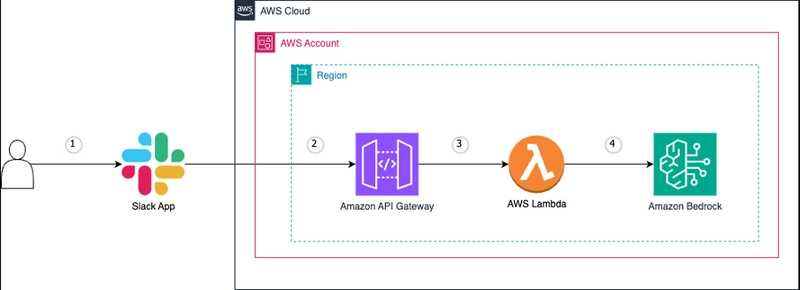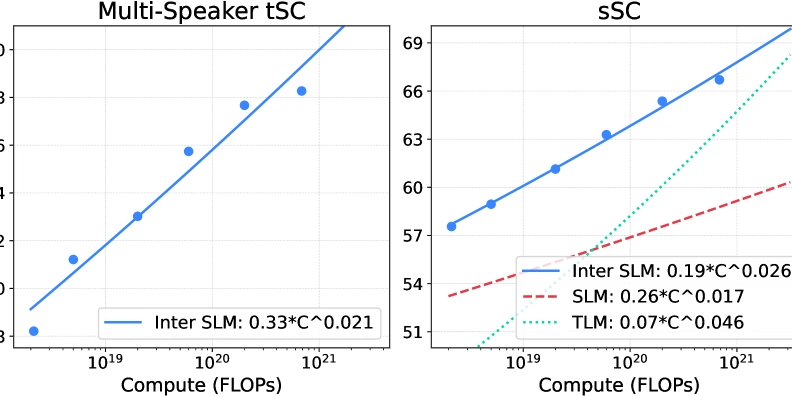Beyond Boilerplate: Leveraging Java Records for Faster Development Cycles with Java Development Services
Introduction Do you ever feel like you're writing the same code repeatedly in Java? Getters, setters, equals(), hashCode(), toString()—the repetitive cycle can slow you down and clutter your code. This is boilerplate code, and while necessary, it often makes development tedious. But what if there was a way to simplify Java programming and speed up development? Enter Java Records! Java Records help eliminate unnecessary boilerplate, making code more concise and maintainable. And when combined with professional Java development services, they can significantly enhance your productivity. Let’s dive into how Java Records work and why they’re a game-changer for modern Java development. The Problem: Boilerplate Code in Traditional Java Classes Let’s say you need to create a User class to store a person’s name and age. In traditional Java, this requires multiple methods for encapsulation, equality checks, and object representation: java public class User { private String name; private int age; public User(String name, int age) { this.name = name; this.age = age; } public String getName() { return name; } public void setName(String name) { this.name = name; } // ... and so on for age, equals, hashCode, toString }

Introduction
Do you ever feel like you're writing the same code repeatedly in Java? Getters, setters, equals(), hashCode(), toString()—the repetitive cycle can slow you down and clutter your code. This is boilerplate code, and while necessary, it often makes development tedious.
But what if there was a way to simplify Java programming and speed up development? Enter Java Records!
Java Records help eliminate unnecessary boilerplate, making code more concise and maintainable. And when combined with professional Java development services, they can significantly enhance your productivity. Let’s dive into how Java Records work and why they’re a game-changer for modern Java development.
The Problem: Boilerplate Code in Traditional Java Classes
Let’s say you need to create a User class to store a person’s name and age. In traditional Java, this requires multiple methods for encapsulation, equality checks, and object representation:
java
public class User {
private String name;
private int age;
public User(String name, int age) {
this.name = name;
this.age = age;
}
public String getName() {
return name;
}
public void setName(String name) {
this.name = name;
}
// ... and so on for age, equals, hashCode, toString
}









































































































































































![[The AI Show Episode 142]: ChatGPT’s New Image Generator, Studio Ghibli Craze and Backlash, Gemini 2.5, OpenAI Academy, 4o Updates, Vibe Marketing & xAI Acquires X](https://www.marketingaiinstitute.com/hubfs/ep%20142%20cover.png)


























































































































![[FREE EBOOKS] The Kubernetes Bible, The Ultimate Linux Shell Scripting Guide & Four More Best Selling Titles](https://www.javacodegeeks.com/wp-content/uploads/2012/12/jcg-logo.jpg)



![From drop-out to software architect with Jason Lengstorf [Podcast #167]](https://cdn.hashnode.com/res/hashnode/image/upload/v1743796461357/f3d19cd7-e6f5-4d7c-8bfc-eb974bc8da68.png?#)







































































































.png?#)




.jpg?#)




















 (1).webp?#)











_Christophe_Coat_Alamy.jpg?#)








































































































![Rapidus in Talks With Apple as It Accelerates Toward 2nm Chip Production [Report]](https://www.iclarified.com/images/news/96937/96937/96937-640.jpg)








































































































































